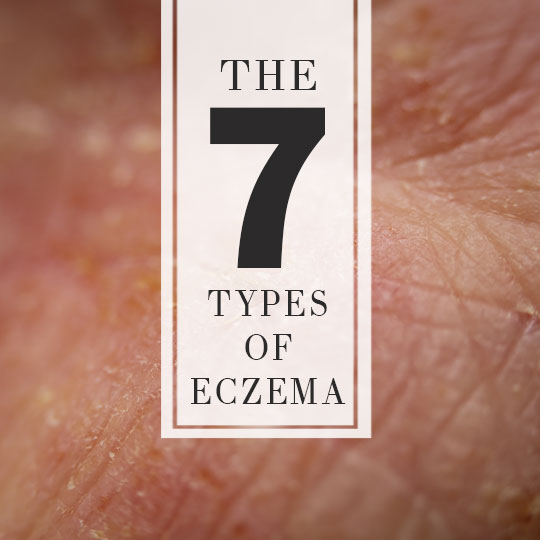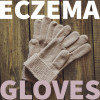The word eczema comes from Greek origin which meant to 'boil out'. This description is especially apt for eczema sufferers, given the sensation and appearance actually resembling boiling of the skin.
The term eczema, as is used in today’s colloquial language, is the overarching description for skin which is charactised by patches of redness, cracking, roughness, mild to chronic itching, scaling, oozing, inflammation and lesions which can become infected, weep or bleed. This is also accompanied by stinging and pain of the damaged skin.
Eczema can be found on any part of the body and in any demographic, however the majority of cases are found in children with most thankfully going into remission with age. It is the most common skin condition found in children worldwide. People can also develop eczema during adulthood which may persist throughout their lifetime.
It is worth noting that while eczema is unpleasant for the sufferer, it is not contagious. The severity of eczema commonly fluctuates and can go through stages and a long term condition can often impact on the individual’s quality of life, even having psychologically debilitating consequences, so treatment and ongoing maintenance is important through the use of skin care, diet and lifestyle.
There are many different types of eczema, so here I will go into brief detail about the most common forms of this condition.
1. Atopic Dermatitis:
This is the most common form of eczema and is defined by the fact that it is a genetic auto-immune issue. Usually appearing at infancy or early childhood, it is most common to find a family history of asthma or eczema. One of the most unfortunate aspects of having atopic dermatitis is that it is usually accompanied by asthma and allergies and is not as easy to remedy, treat or cure as the other forms of dermatitis.
2. Contact Dermatitis:
Unlike atopic dermatitis, contact dermatitis is much easier to treat or even cure as it begins with the skin coming into contact with a superficial trigger such as a harsh chemical, strong detergent, products in cosmetics or even plant toxins. Because this is a contact issue, the areas mostly affected are the hands.
3. Dyshidrotic Dermatitis:
Blistering generally focused on the hands and feet which are followed up by dry scaling once it has dried up. The cause of this form of dermatitis is unfortunately unknown but can luckily still be treated with standard forms of eczema treatment.
4. Nummular Dermatitis:
Affecting the forearms and backs of hands, lower back, hips and legs, Nummular Dermatitis is distinguishable by its characteristic circular patches, or red coin shapes. Usually appearing in clusters, this dermatitis is found predominantly in males over the age of 50 and for women, in their teens or early adulthood. The cause is also unknown.
5. Neurodermatitis:
Caused by over scratching or over rubbing of the skin, Neurodermatitis is the conscious or unconscious exacerbation of an already irritated area. It can affect any part of the body and requires normal eczema treatment and sometimes psychological treatment to break the pattern.
6. Seborrheic Dermatitis:
The more common name for this condition in adults is ‘dandruff’. The term for infant Seborrheic Dermatitis is Cradle Cap. This is caused by the over production and subsequent rapid shedding of skin cells, or in some cases, an overgrowth of yeast which predominantly lives on the scalp.
7. Stasis Dermatitis:
If the blood in the legs of a patient pools in the veins due to bad circulation, this can cause inflammation known as Venous Insufficiency or Stasis Dermatitis. Predominantly effecting the over 50’s population, it is a very uncomfortable form of eczema and if left untreated, can lead to serious health issues.
If you are searching for some inspirational words to keep you or your loved one reassured check out our eczema quotes page.












3 Comments on “What are the 7 different forms of eczema?”